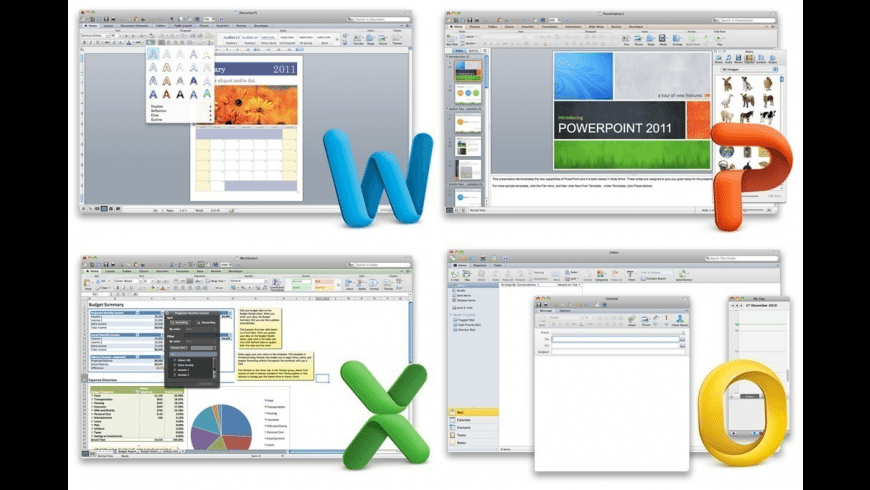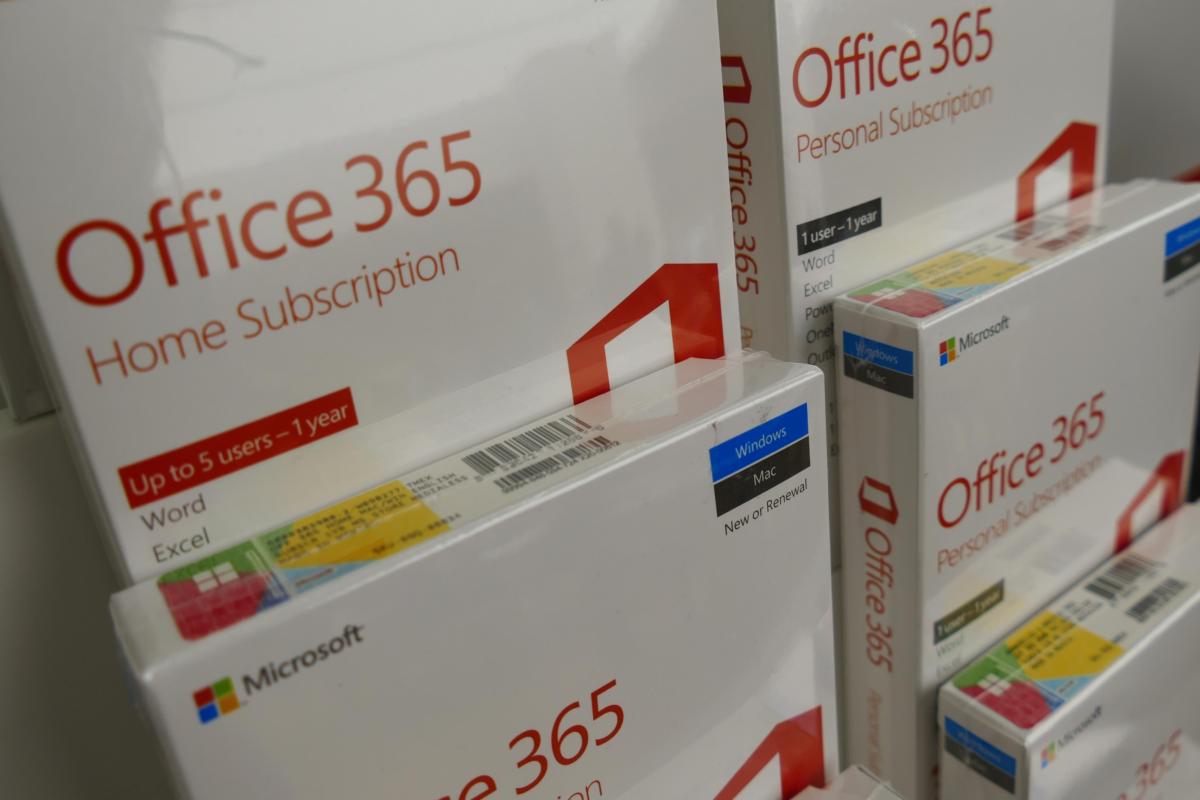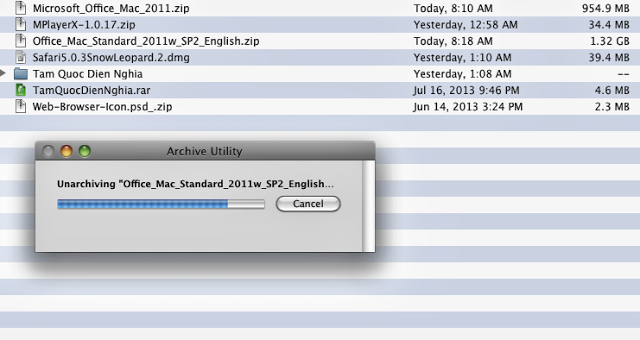

- #Microsoft office 2011 mac for free (full retail version) for mac#
- #Microsoft office 2011 mac for free (full retail version) mac os x#
- #Microsoft office 2011 mac for free (full retail version) mac os#
Office 2016 for Mac supports more OS X technologies than its 2011 counterpart. Microsoft has not created Mac versions of these programs.

Office 2016 for Mac does not include Access or Publisher. OneNote lets you enter text, add images, and even record audio clips in digital notebooks. It has been available as a free download from the Mac App Store since March 2014. You might already be familiar with OneNote. There is also a new addition to the suite: OneNote. Like its predecessor, Office 2016 for Mac includes Word, Excel, PowerPoint, and Outlook. OneNote Is Included but Not Access or Publisher Microsoft offers a one-time-purchase version. If you do not want an Office 365 or volume-licensing subscription, you can buy Office 2016 for Mac separately. Office 365 and volume-licensing users do not have to pay extra for Office 2016 for Mac, as they are paying for the software as part of their subscriptions. It is also available through Microsoft’s Volume Licensing Service Center. Office 2016 for Mac is available through Microsoft Office 365 subscriptions for consumers and businesses. You Can Get It as Part of a Subscription or as a Standalone Product

This is four times more memory than Office 2011 for Mac requires. To operate, Office 2016 for Mac needs 4 gigabytes of memory.
#Microsoft office 2011 mac for free (full retail version) mac os#
It also requires 6 gigabytes of hard disk space in the Mac OS Extended Format (HFS+).

#Microsoft office 2011 mac for free (full retail version) mac os x#
Office 2016 for Mac requires Mac OS X 10.10 or a later version. Here are 10 things to consider if you are thinking about using Office 2016 for Mac: 1. This productivity suite aims to please the legions of Apple Macintosh users who have been clamoring for an update to Microsoft Office 2011 for Mac. Outlook users will get not only native Apple Silicon support, but support for iCloud accounts as well, allowing them to sync their email, contacts, and calendars to the app if they use Apple’s service to store them.Microsoft unveiled Office 2016 for Mac in July 2015. Office users who have automatic updates turned on should have the new versions sometime today, and anyone else can update it through the Mac App Store or Microsoft’s AutoUpdate software (depending on if you downloaded Office through the App Store or directly from Microsoft). It seems like you’ll have to stick with the emulated version for now, if your team uses Teams. Meanwhile, Microsoft’s main communications competitor, Slack, has native support available in a public beta. Microsoft promises they’re working on that platform in their blog post, but the company hasn’t announced any sort of timeline. If you’re a heavy user of Teams, you may be disappointed to hear that it hasn’t been included in today’s rollout of updates. The updates are making the apps universal ones - meaning these versions will run on both Intel and Apple Silicon Macs, so any upcoming updates or features will be coming at the same time for both platforms. The apps getting the updates are Word, Excel, Outlook, PowerPoint, and OneNote. If you’ve been using Microsoft Office on an M1 Mac, it’s about to get better - Microsoft is announcing an update today that brings native support for Apple’s new custom chip architecture to the Windows productivity suite.


 0 kommentar(er)
0 kommentar(er)
